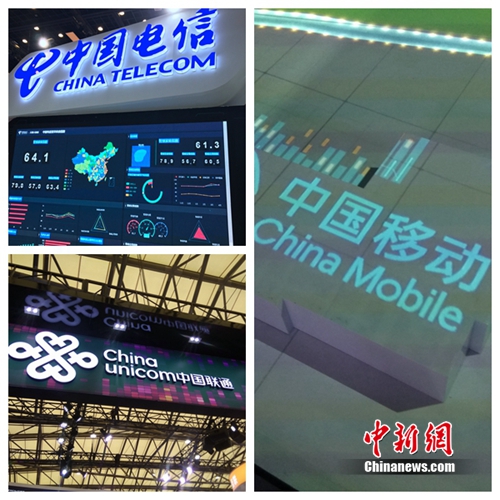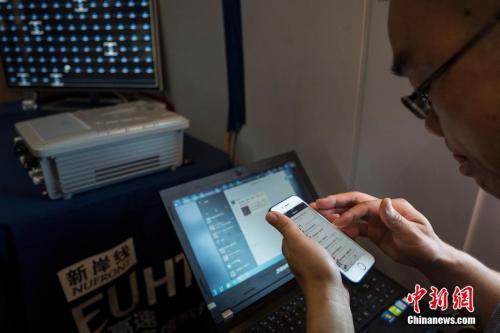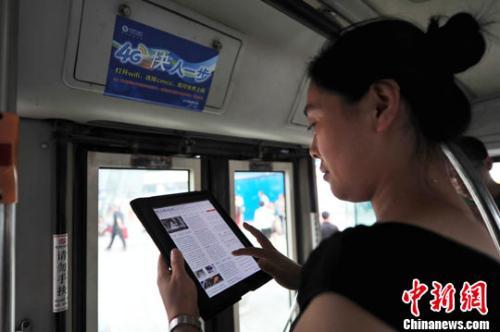Recently, airport advertisements in Beijing, Shanghai, Shenzhen, Chengdu and other places have become a "smart driving" trend. Huawei Cloud has joined hands with five automobile industry partners to convey the new concept of "march towards a great future together", and the five partners have presented their opinions, showing many achievements in the intelligent development of automobiles, as well as the possibility of "technological evolution", "product creation" and "model exploration" in the face of the "smart driving" era.
As we all know, automobile is one of the most complicated industrial crystals in human history, and it is also closely related to the development of manufacturing industry, the application of modern science and technology, and the national consumption demand. At present, China’s automobile industry has reached the threshold of the conversion between old and new kinetic energy. No matter the research and development of technologies such as car networking and autonomous driving, or the digital transformation of enterprises, it is facing unprecedented breakthroughs and changes. This practice reflects the vision of how many automotive industry partners join hands with Huawei Cloud to go to the new era of "smart driving".
01
Dongfeng commercial vehicle
When Dongfeng Commercial Vehicle started the digital transformation planning, Huawei Cloud provided the whole process digital transformation strategy consulting service, and built the digital scene blueprint in four major areas: marketing, R&D, manufacturing and IT. Based on 4A architecture theory (process architecture, data architecture, application architecture, IT architecture), it helps Dongfeng Commercial Vehicle to further clarify the landing path of five key digital transformation projects, namely digital governance system, business value chain, data service, digital office and intelligent support, and accelerate the digital transformation of enterprises from bottom to top.
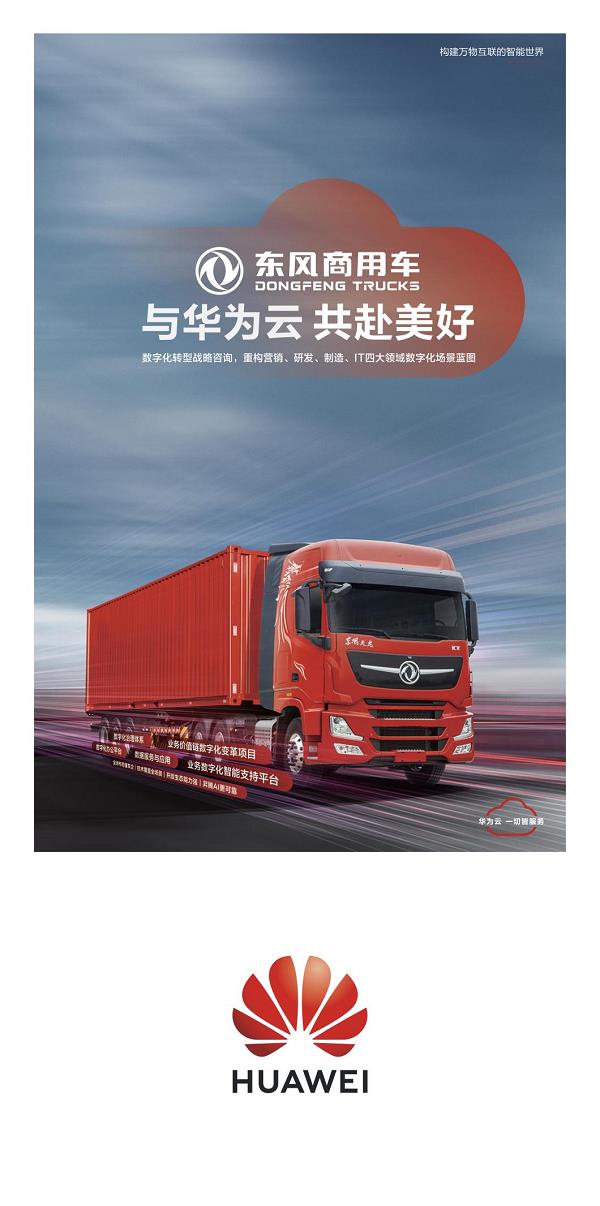
02
Gaohe HiPhi
Based on distributed cloud native and intelligent edge station (IES), Huawei Cloud helps Gaohe Automobile to build a safe and isolated self-driving exclusive cloud and edge computing. At the same time, it introduces ModelArts one-stop AI development platform to rationally allocate computing power resources and improve the utilization rate to 80%. It also empowers the tool chain through technologies such as containers and big data, reducing the code training time to one day and accelerating the closed loop of intelligent driving data.
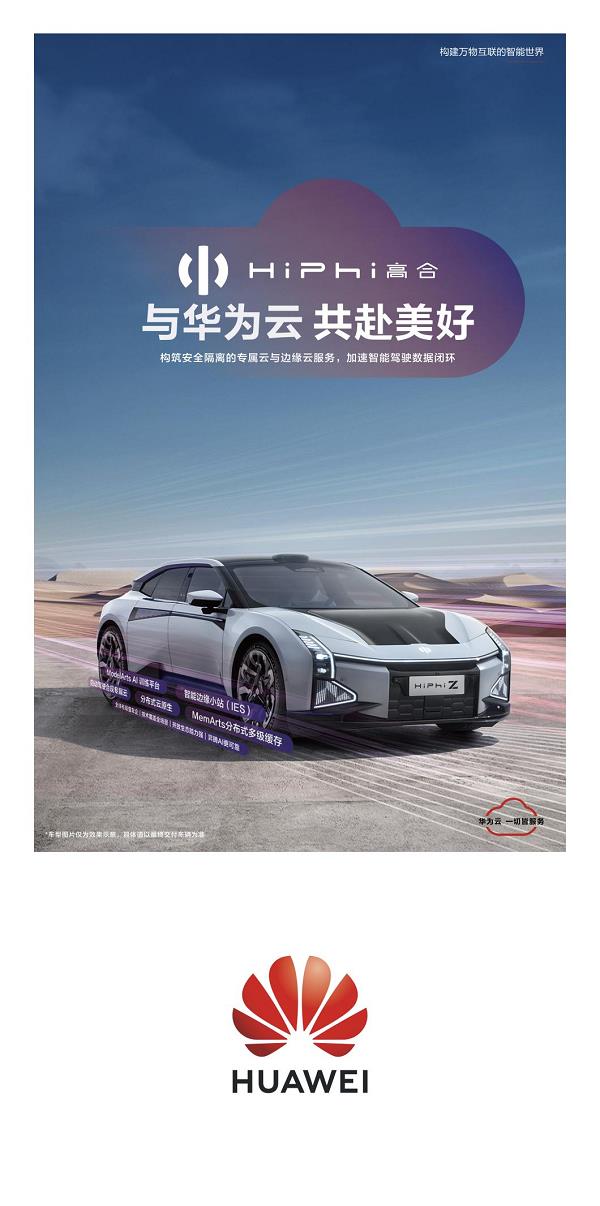
03
FAW-Volkswagen
FAW-Volkswagen relies on Huawei’s cloud database GaussDB to build a stable, reliable, easy-to-deploy and consistent data base. At the same time, it introduces Huawei’s excellent practice of cloud data governance to realize real-time data collection, real-time calculation and intelligent analysis, build a safe, efficient and reliable data governance system, open up the "data island" faced by car enterprises in the process of transformation, enhance the digital decision-making ability of management, and support the refined and high-quality development of enterprises.
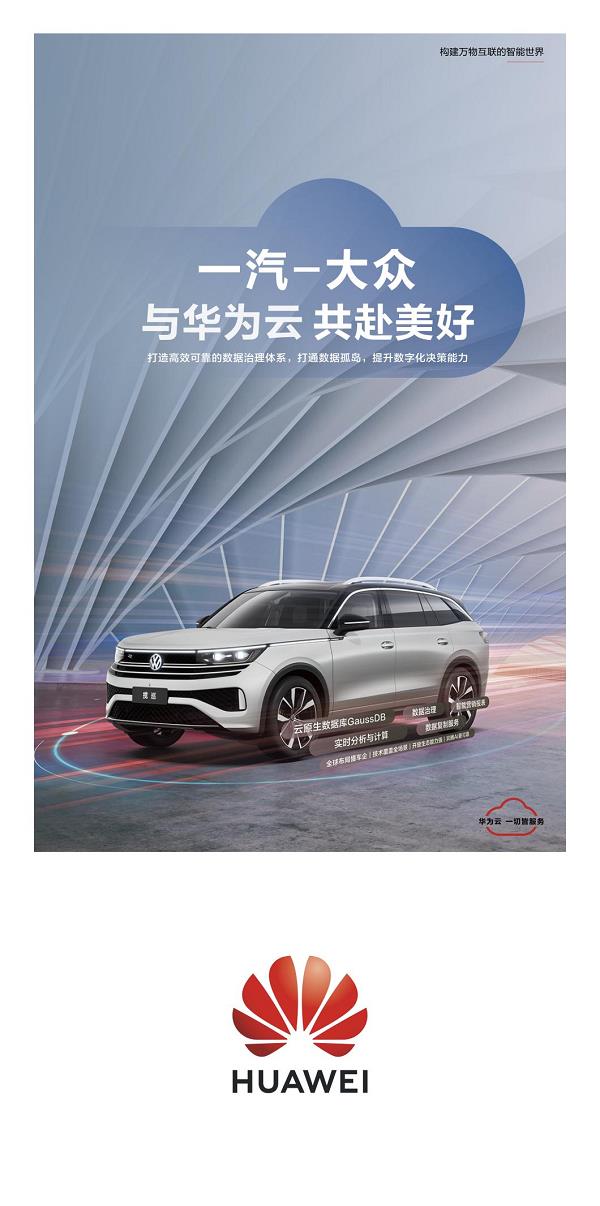
04
AITO
AITO relies on Huawei Cloud Distributed Cloud to build a stable, secure and flexible digital infrastructure, which is not limited by cross-domain, cross-cloud and traffic. At the same time, it realizes multi-data collection and mass data storage based on Huawei Cloud Big Data, creating a one-stop, full-life data development and operation platform to help build a smart and luxurious pure electric SUV.
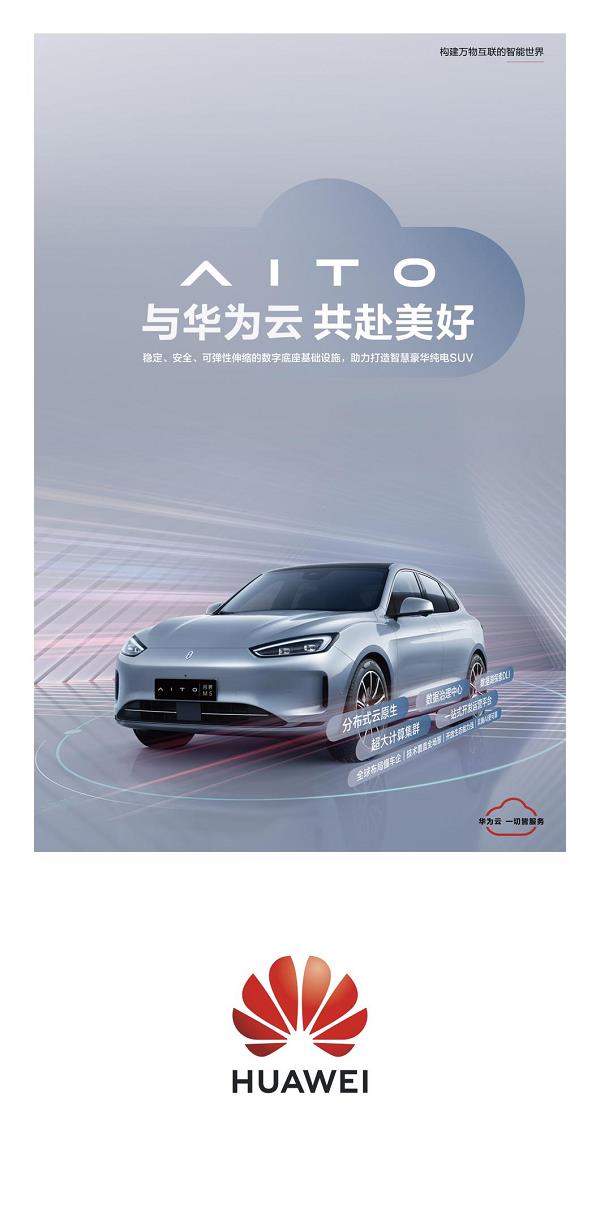
05
Momenta
Based on the flexible Huawei cloud resources, Momenta can achieve a balance between efficiency and cost. At the same time, it introduces Huawei’s cloud data governance capabilities, which improves the data collection speed and training and simulation efficiency by 25%, greatly shortens the project delivery cycle, improves the efficiency of the tool chain, and successfully turns into a "data flywheel", realizing efficient iteration and update of the world’s leading intelligent driving algorithm.
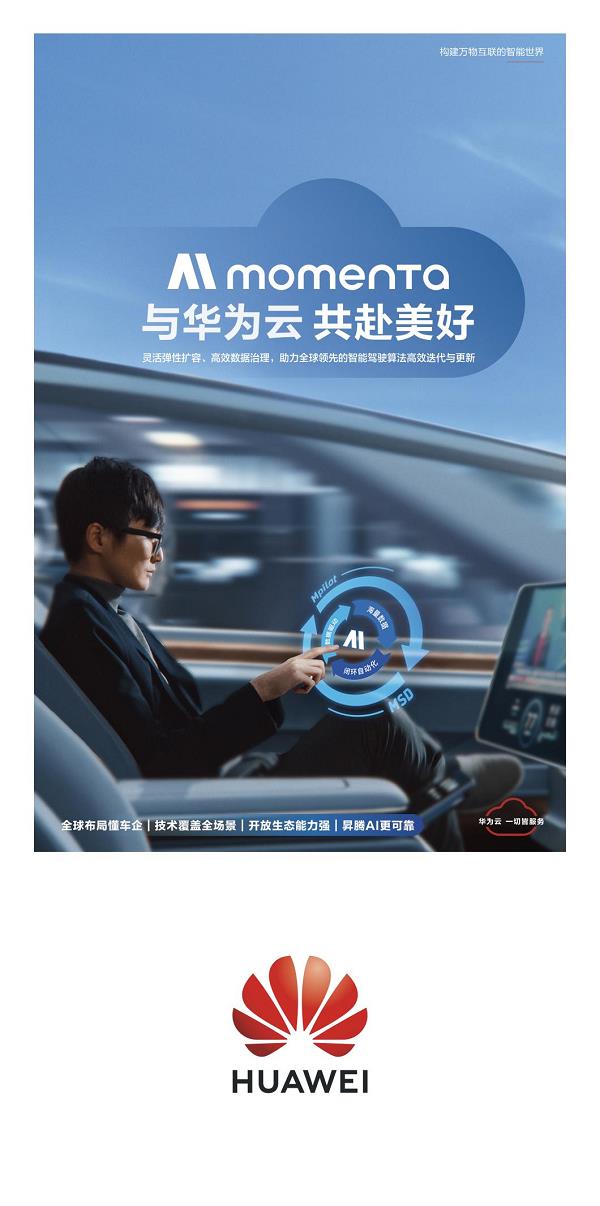
Just as the concept conveyed by "march towards a great future together with Huawei Cloud", the appearance of the five major auto industry partners reflects the core ability of Huawei Cloud to join hands with car companies and autonomous driving companies to move towards the era of smart driving: to open up the end-to-end cloud collaboration with distributed car networking technology to help upgrade the experience; Accelerate the process of "new four modernizations" of car enterprises with the national car cloud network; Form a joint development of the autonomous driving industry chain with an open ecology; With the promotion of AI, the continuity of intelligent driving business and data closed loop are guaranteed … With the support of leading ICT full stack capability, the development of China’s automobile industry is given "acceleration", which jointly sends out a strong voice of ecological prosperity and win-win cooperation in the digital economy era.
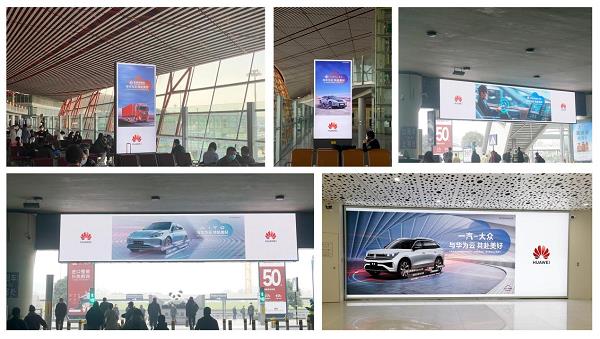
Up to now, 90% of Top30 car companies and 80% of enterprises in the self-driving acceleration industry chain have chosen Huawei Cloud, and more than 50 million cars are flying on Huawei Cloud. The "smart driving by cloud" model has successfully passed the large-scale practice test, bringing tangible value to enterprises. In 2023, Huawei Cloud will continue to open up the long-term accumulated ICT technology advantages and practical achievements, and join hands with the automobile industry to go to the new era of "smart driving".
